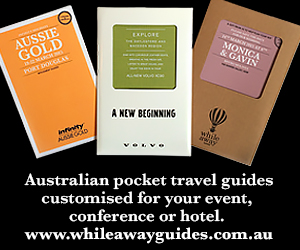The Landmark Mekong Riverside hotel is an imposing six-storey building that faces directly onto a beautiful stretch of river. Yet I’m surprised to learn, soon after my arrival, that it only has 188 guest rooms.
“When you consider our size and scale, the number of rooms does seem quite small,” says Hyeyoung So (pictured above), director of sales and marketing for one of the biggest hotels in the Laos national capital. “But that’s because our rooms are so generous in size at sixty square meters, compared with the usual hotel standard of 25 to 30 squares.”
She’s right. My room here is indeed huge, as I discover when I enter it for the first time. It’s a cool, welcoming space furnished and floored with Laotian wood, which fills the air with a fragrance like sandalwood.
 “Many guests have told me the smell of the timber makes them feel comfortable,” says Hyeyoung with a smile. It has high ceilings, walk-in closet, private balcony, marble bathroom with tub, and a vast bed covered with fresh white linen. My immediate impression: a relaxing place to spend a few days.
“Many guests have told me the smell of the timber makes them feel comfortable,” says Hyeyoung with a smile. It has high ceilings, walk-in closet, private balcony, marble bathroom with tub, and a vast bed covered with fresh white linen. My immediate impression: a relaxing place to spend a few days.
With its fifty-meter swimming pool, on-site spa and three restaurants, the five-year-old Landmark Mekong Riverside (no relation to the Landmark hotels in London, Bangkok, Sydney and elsewhere) has a reputation for being a leisure destination, just a ten-minute taxi or tuk-tuk ride from the city or airport.
Giant ballroom
But it’s equally well-known for being a key MICE venue in Laos, having one of the biggest ballrooms in the country at a thousand square meters, which means the hotel can accommodate about 1,800 people for a reception dinner at round tables, or host exhibitions, says Hyeyoung. “We’ve organized concerts here with 2,500 people in the audience, and get a fair bit of government business as well.”
A testament to its good reputation is the number of luminaries who’ve stayed at the Landmark Mekong Riverside in recent times. They include President Xi of China, Aung San Suu Kyi of Burma, former US president Barack Obama, both the king and prime minister of Cambodia and the Queen of Belgium. Adjacent are attached, luxury serviced apartments that can serve as spill-over accommodation when really big events take place.
 And close by, also, is the five-star sister hotel, the Don Chan Palace, also overlooking the Mekong River, with conference and events space of its own. The two properties often collaborate in sharing facilities and providing staff.
And close by, also, is the five-star sister hotel, the Don Chan Palace, also overlooking the Mekong River, with conference and events space of its own. The two properties often collaborate in sharing facilities and providing staff.
An obvious attraction for leisure and business guests is outstanding value. As Hyeyoung observes, compared with other countries in the region and elsewhere, Laos is competitive in price in just about everything – “and one of the main reasons people come to Vientiane for conferences and events”.
The meeting package here is USD 40 per person for a full day and 32 dollars for a half day. It includes all necessary equipment, lunch, and for a full day meeting, two coffee breaks. The room rate is between 100 and 120 US dollars, and that includes service charge and tax and breakfast for two people sharing a room.
“Our price is set on the market and the value we believe we offer,” says Hyeyoung, a Korean who’s been in Laos for eight years and joined the hotel four years ago. (“I’m enjoying it, it’s a perfect place to build my career.”)
Fresh destination
The country is a newly discovered destination for many international travelers and events organizers, she observes, with plenty of opportunities. “In a way it’s the last destination to be really opened up to tourism in Southeast Asia. Our hotel being discovered by more and more Chinese and also Americans. Why? Because we have, and meet, high standards of rooms and service.”
 Vientiane itself offers delegates much to see and do, not least a plethora of French restaurants, some of which have been operating for decades. “There’s also interesting Lao fusion and Lao international food,” says Hyeyoung. “It’s a multicultural place with Chinese, Korean, European and other cultures co-existing harmoniously with local people in a small, compact city that’s easy to get around.” A busy night market flanking the river is a magnet for visitors.
Vientiane itself offers delegates much to see and do, not least a plethora of French restaurants, some of which have been operating for decades. “There’s also interesting Lao fusion and Lao international food,” says Hyeyoung. “It’s a multicultural place with Chinese, Korean, European and other cultures co-existing harmoniously with local people in a small, compact city that’s easy to get around.” A busy night market flanking the river is a magnet for visitors.
Those who’d rather eat at the hotel can choose to dine at the excellent Yue Yuan Chinese Restaurant, the Tokyo Sushi and Teppanyaki Japanese eatery, and an all-day restaurant and bar, The Brasserie, off the expansive lobby and with views of the river. The buffet breakfasts are a profusion of choice, with offerings including fresh fruit like papaya, melon, watermelon and fruit salad as well as such eclectic diversity as kimchi, salt egg, tilapia in sauce, dumplings, beans, bacon, sausage, salami, smoked duck, sautéed mushrooms, congee, noodles, rice, potato croquettes and omelets! The coffee is not bad – and that’s saying something in Asia generally.
From USD 100
Room rates start from 100 US dollars a night, and as Hyeyoung mentions, meetings packages are extremely reasonable. PCOs and others seeking bookings should contact her or the main switchboard to discuss potential deals.
More info, click here.
Email: sales@landmarkmekonghotel.com.la

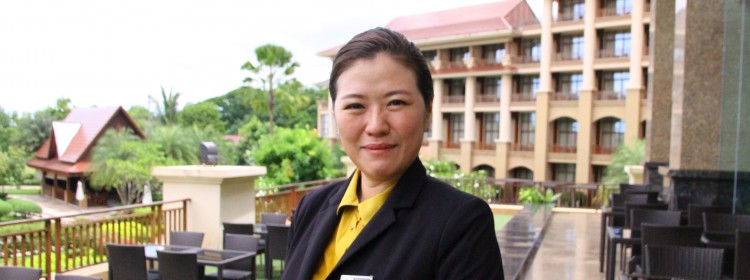

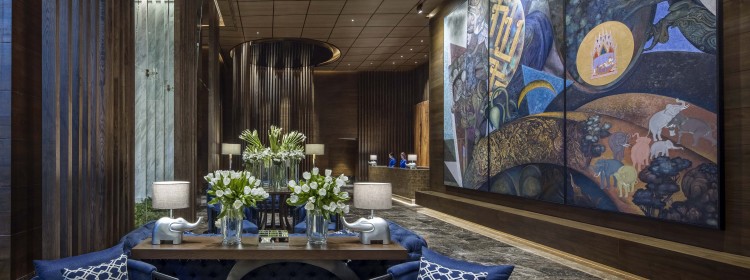




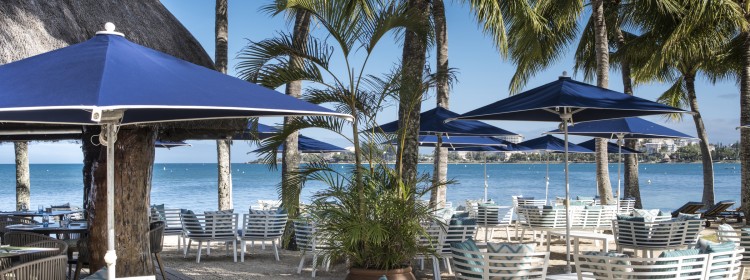




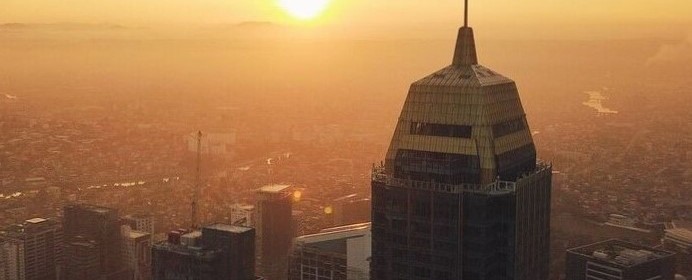




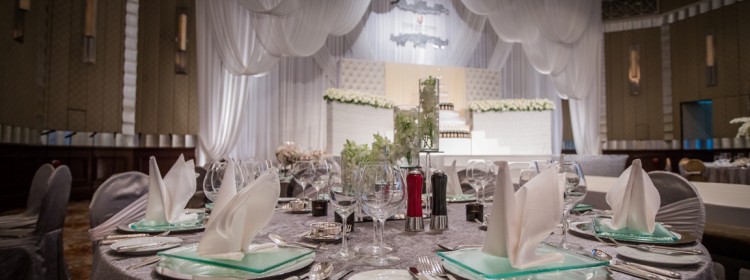




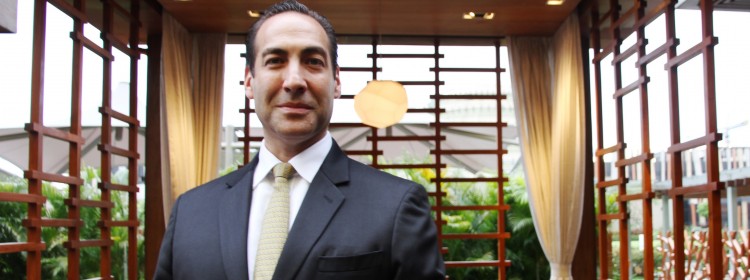

 We have the F&B, the entertainment and DreamPlay [pictured left and below, a family play space with attractions also suited to teambuilding activities] which is a first in the world. Couple that with the service we provide. In my opinion, and of course I’m biased, it’s a no-brainer. Why not come here?
We have the F&B, the entertainment and DreamPlay [pictured left and below, a family play space with attractions also suited to teambuilding activities] which is a first in the world. Couple that with the service we provide. In my opinion, and of course I’m biased, it’s a no-brainer. Why not come here?
 I’m proud of my luxury hotel experience which covers the gamut of line staff positions – security, night manager, housekeeping, guest services. We’re all professionals. A house keeper is not a maid; he or she is someone who provides a professional service.
I’m proud of my luxury hotel experience which covers the gamut of line staff positions – security, night manager, housekeeping, guest services. We’re all professionals. A house keeper is not a maid; he or she is someone who provides a professional service.
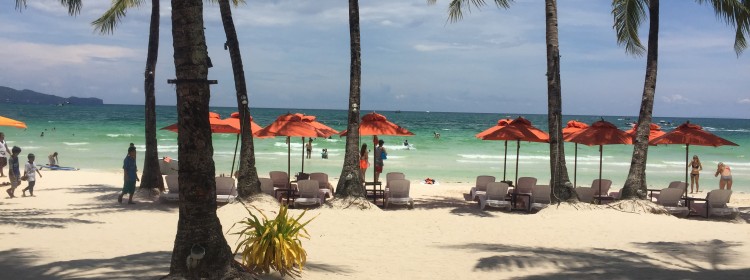

 There’s a serene lap pool as well as a spa and fitness centre, and two restaurants serve as well-priced alternatives to the plethora of other outlets that front onto White Beach.
There’s a serene lap pool as well as a spa and fitness centre, and two restaurants serve as well-priced alternatives to the plethora of other outlets that front onto White Beach.
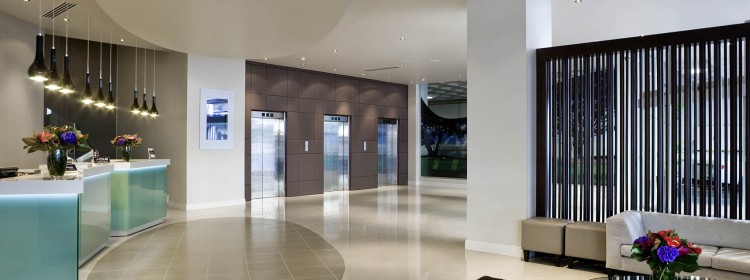
 Recently refurbished and soon to be rebadged as a more upscale, four-and-a-half-star Grand Mercure, the hotel has eight naturally lit meeting rooms, set on a dedicated conference floor that can accommodate up to 200 theatre-style and has a banquet capacity of up to 150.
Recently refurbished and soon to be rebadged as a more upscale, four-and-a-half-star Grand Mercure, the hotel has eight naturally lit meeting rooms, set on a dedicated conference floor that can accommodate up to 200 theatre-style and has a banquet capacity of up to 150. Business, generally, is brisk for the AccorHotels business in Auckland, where the French multinational has ten hotels (including Sofitel, Novotel, Pullman and Ibis) and where Sofitel So, another luxury property, will be opening at the beginning of next year, says Georgina.
Business, generally, is brisk for the AccorHotels business in Auckland, where the French multinational has ten hotels (including Sofitel, Novotel, Pullman and Ibis) and where Sofitel So, another luxury property, will be opening at the beginning of next year, says Georgina.


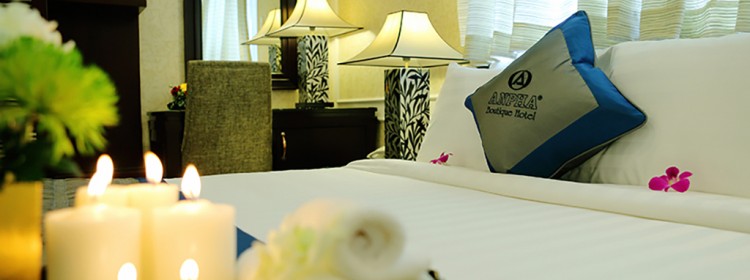
 The well-appointed rooms are tastefully decorated and uniformly immaculate, a credit to the housekeeping team. Many have balconies and a view over the Ben Thanh market, which occupies an entire block and sells everything from sugared frogs eggs to live fish, shoes, ornaments and underwear.
The well-appointed rooms are tastefully decorated and uniformly immaculate, a credit to the housekeeping team. Many have balconies and a view over the Ben Thanh market, which occupies an entire block and sells everything from sugared frogs eggs to live fish, shoes, ornaments and underwear. The young people manning reception are obliging and willing to arrange day tours for reasonable prices. Arguably the most fascinating of these is a trip to the Cu Chi Tunnels, 60 kilometres from the city, which starts from about AUD 50 per person, including pick up at the hotel and transport in an airconditioned bus. It takes around two hours to get there but it’s worth the effort. The tunnels are a 200-kilometre-long network of underground passageways in which up to 16,000 Viet Cong sheltered during the Vietnam War and from which they launched attacks on US troops and, in earlier years, on French colonists.
The young people manning reception are obliging and willing to arrange day tours for reasonable prices. Arguably the most fascinating of these is a trip to the Cu Chi Tunnels, 60 kilometres from the city, which starts from about AUD 50 per person, including pick up at the hotel and transport in an airconditioned bus. It takes around two hours to get there but it’s worth the effort. The tunnels are a 200-kilometre-long network of underground passageways in which up to 16,000 Viet Cong sheltered during the Vietnam War and from which they launched attacks on US troops and, in earlier years, on French colonists.
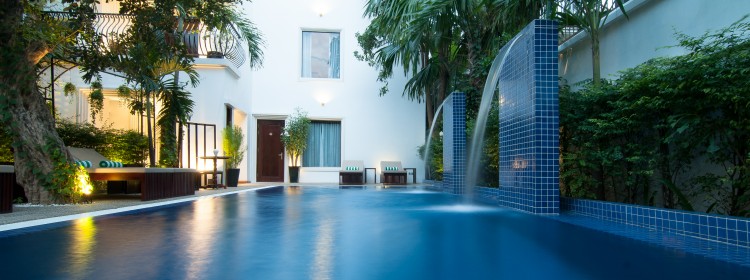
 “It’s not your fault,” I replied. “I’m the one who gave you the wrong dates in the first place; I should be apologising.”
“It’s not your fault,” I replied. “I’m the one who gave you the wrong dates in the first place; I should be apologising.” A dedicated meeting room can seat up to 20, and the two restaurants convert to versatile meeting spaces for 40 to 50 people, says a hotel spokesman. Moreover, as part of the deal, guests receive a free one-hour traditional Khmer massage and free access to the room minibar every day during their stay.
A dedicated meeting room can seat up to 20, and the two restaurants convert to versatile meeting spaces for 40 to 50 people, says a hotel spokesman. Moreover, as part of the deal, guests receive a free one-hour traditional Khmer massage and free access to the room minibar every day during their stay. During the serving of a multiple-course Khmer meal in the Suites’ main restaurant, for example, while a staff member performed a traditional Cambodian dance on a small stage, the food kept on coming. A piquant salad of chicken, mint, shaved vegetables and lime juice. Battered fish in coconut milk. Fragrant curries. Noodles and chilli.
During the serving of a multiple-course Khmer meal in the Suites’ main restaurant, for example, while a staff member performed a traditional Cambodian dance on a small stage, the food kept on coming. A piquant salad of chicken, mint, shaved vegetables and lime juice. Battered fish in coconut milk. Fragrant curries. Noodles and chilli.

